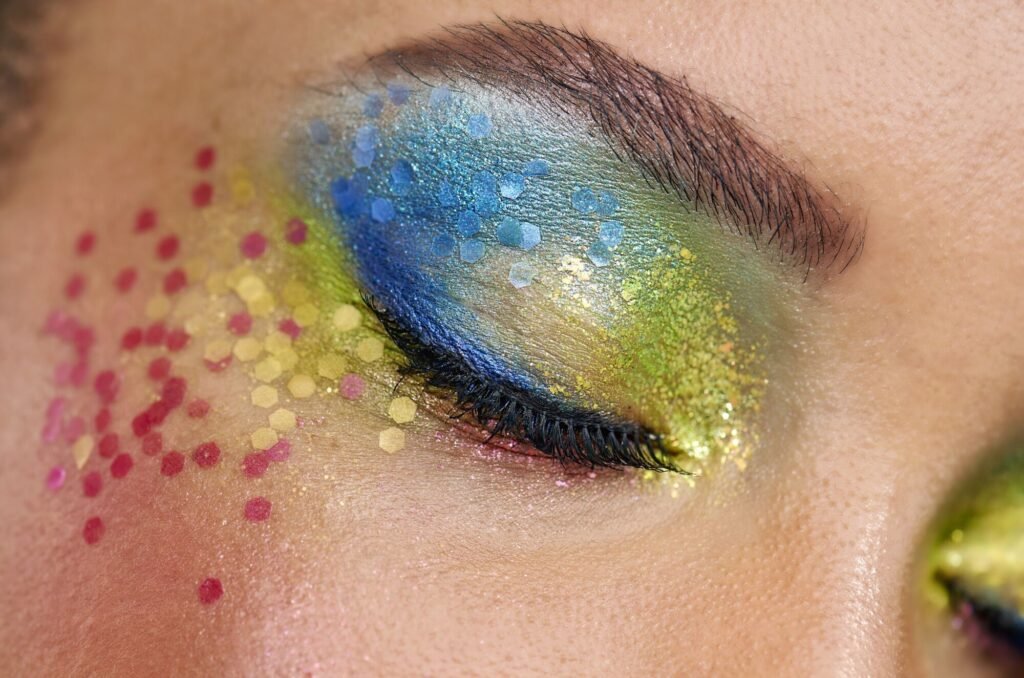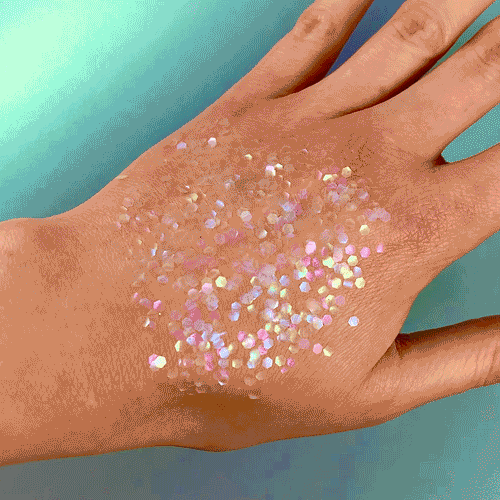Traditional glitter is a microplastic, like a bottle of champagne on New Year’s Eve, may seem fun at first but has negative consequences for the environment. The European Union recently banned the sale of loose-plastic glitter due to its contribution to pollution in bodies of water.

The party may not be over yet with Bioglitter, as it has been designed to break down naturally in freshwater habitats within four weeks, according to its creators at Ronald Britton Ltd. After consulting experts in biodegradability, the company set its sights on product that could safely degrade in freshwater — less ambitious than glitter that biodegrades in (more complex) marine environments, but better than a product that only breaks down in industrial composting conditions.
Traditional glitter is typically made from polyvinyl chloride (PVC) and polyethylene terephthalate (PET), coated with aluminum, and cut into small hexagonal pieces. However, the Ronald Britton team has opted to use regenerated cellulose instead of plastic, which is derived from plant cell walls.

Bioglitter obtains wood pulp from Europe, specifically eucalyptus trees, to create their cellulose base. The wood is FSC- or PEFC-certified, a label that indicates forests managed in line with strict sustainability standards. In Germany, the cellulose is extracted from the pulp and transformed into a transparent film, which is then coated with a layer of aluminum and color.

The final assessment of Ronald Britton’s product involved a rigorous freshwater-certification procedure conducted by TUV Austria. This process, which can last up to a year, involves a thorough examination of the raw materials used and comes with a price tag of over $50,000.
The process took 10 months and concluded in January 2019; Ronald Britton now touts Bioglitter as the only certified freshwater-biodegradable glitter currently on the market. Its first buyers came from the cosmetics industry.
Reference- Forbes, Bioglitter Newsroom, Popular Science, BBC, Bloomberg






